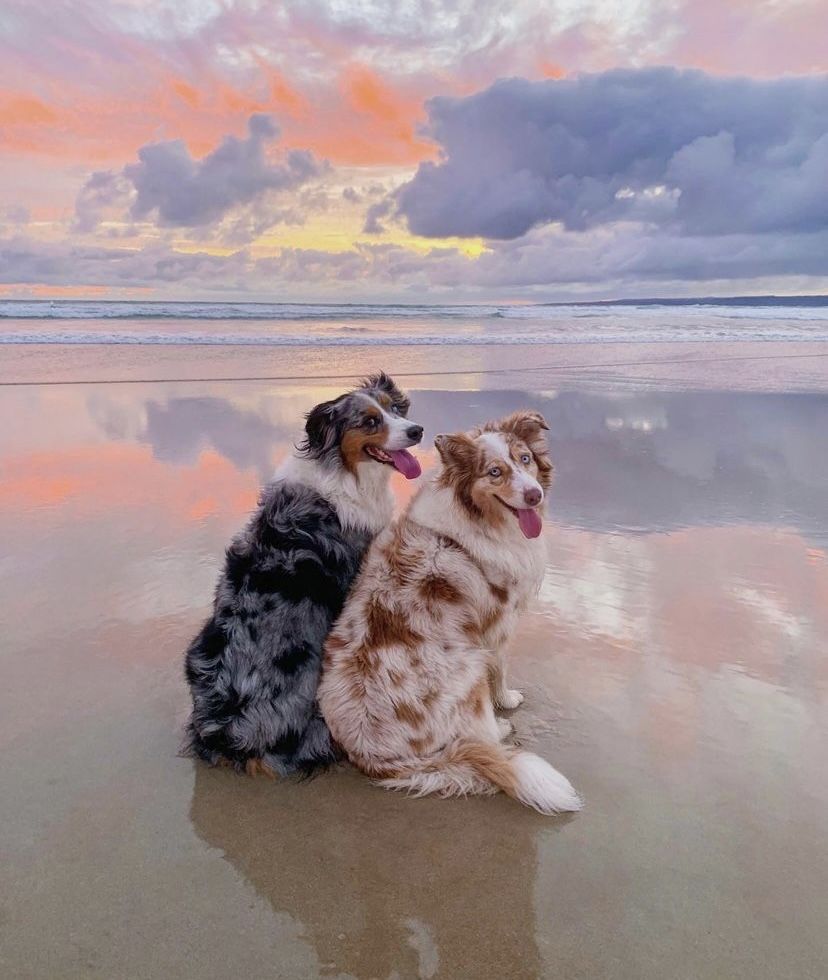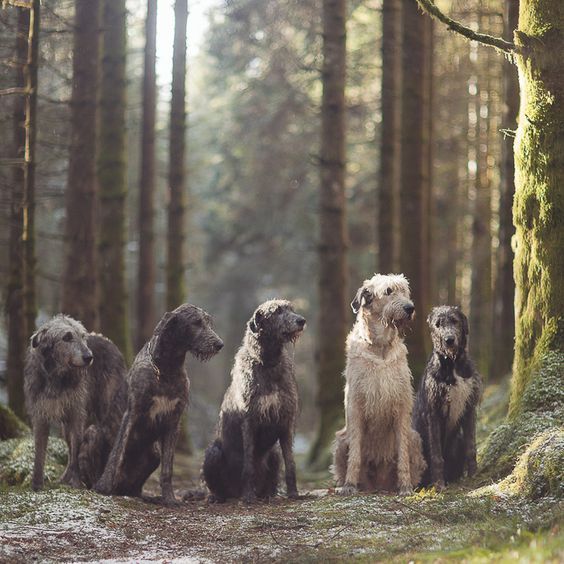Dog / Detail
A Coat of Many Colors: The Changing Hues of Our Canine Companions
Jonathan Bennet | 24 September 2024 | 12:05
Have you ever noticed how your dog's fur seems to change color over time? Perhaps a puppy with a jet-black coat gradually lightens to a silvery gray, or a golden retriever develops a touch of white around their muzzle.
These transformations are not only a natural part of aging but also a testament to the unique beauty and individuality of our canine companions.

The Science Behind the Shift
The color of a dog's fur is primarily determined by genetics, which dictate the production of melanin, a pigment that gives hair its hue.
There are two main types of melanin: eumelanin, responsible for black and brown colors, and pheomelanin, which produces shades of red, yellow, and cream. The combination of these pigments, along with factors like hair follicle structure and environmental influences, determines a dog's coat color.
As dogs age, their bodies undergo various changes, including a decrease in melanin production. This reduction can lead to a gradual lightening of the fur, resulting in shades of gray, silver, or white. In some cases, the shift in pigment may be more dramatic, causing a complete change in coat color.

Factors Influencing Fur Color Change
While aging is a primary factor in fur color changes, other influences can also play a role:
- Sun Exposure: Dogs that spend a lot of time outdoors may experience sun bleaching, which can cause their fur to lighten. This is particularly noticeable in breeds with light-colored coats.
- Hormonal Changes: Hormonal fluctuations, such as those that occur during pregnancy or heat cycles, can sometimes temporarily affect fur color. These changes are usually reversible and do not indicate any underlying health issues.
- Medical Conditions: Certain medical conditions can cause changes in fur color. For example, thyroid problems or liver disease may result in a dull or dry coat. If you notice a significant change in your dog's fur color or texture, it's important to consult with your veterinarian to rule out any underlying health issues.

Embracing the Beauty of Aging
As our furry friends age, their appearance may change, but their love and companionship remain unwavering.
The transformation of their fur is just one aspect of their journey through life. By embracing these changes with love and understanding, we can celebrate the unique beauty and individuality of our canine companions at every stage of their lives.

Tips for Caring for Your Aging Dog's Coat
- Regular Grooming: Brushing your dog's coat regularly can help to remove dead hair and keep it healthy. As dogs age, their coats may become thinner or more prone to matting, so gentle grooming is essential.
- Healthy Diet: A balanced and nutritious diet can help to support your dog's overall health, including the condition of their coat. Consult with your veterinarian to determine the best dietary needs for your aging pet.
- Veterinary Care: Regular checkups with your veterinarian can help to monitor your dog's health and catch any potential problems early. If you notice any changes in your dog's fur or behavior, don't hesitate to seek professional advice.

A Symphony of Colors
The changing hues of a dog's coat are a testament to the beauty and complexity of nature. From the vibrant shades of a puppy's fur to the subtle tones of an aging dog, each color tells a unique story.
By appreciating and celebrating these transformations, we can deepen our bond with our canine companions and cherish every moment they share with us.
Related
-

The Healing Power of Dogs: How Canine Therapy is Revolutionizing Mental Health and Boosting Positive Energy in Humans
Dog14 November 2024
-

A Pawsitive History: Dogs of Nuremberg
Dog09 November 2024
-

The Role of Oxytocin in the Human-Dog Bond: The Science Behind Our Deep Connection
Dog06 November 2024
-

Beyond the Beach: Jamaica's Dog Lovers
Dog29 October 2024
-

A Dog's Delights: Homemade Snacks for Our Furry Babies, Recipes Included!
Dog29 October 2024
-

A Dog's Disorientation: Understanding Your Dogs' Wanderlust
Dog29 October 2024
Popular
-

-

A Pawsitive History: Dogs of Nuremberg
09 November 2024 -

-

Beyond the Beach: Jamaica's Dog Lovers
29 October 2024 -
